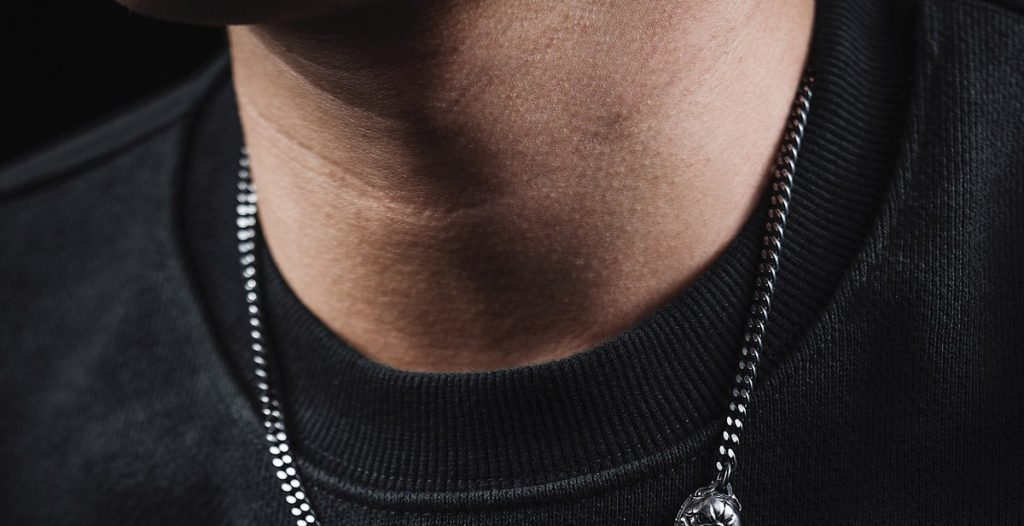Introduction: How Jewelry Has Been Used to Tell Stories and Pass Down Family History
Jewelry has been an integral part of human culture for thousands of years. From ancient times to the present day, people have used jewelry to adorn themselves, express their individuality, and communicate messages. However, jewelry has also played an important role in preserving family history and passing down stories from one generation to the next.
What is Jewelry?
Jewelry is any item that is worn for personal adornment. It can be made from a variety of materials, including precious metals, gemstones, beads, and even natural materials like shells and bones. Jewelry can take many different forms, from necklaces and bracelets to earrings and rings. It can be simple or elaborate, traditional or modern, and can be worn for a variety of occasions.
However, jewelry is more than just a decorative accessory. It can also hold significant meaning and symbolism, representing love, friendship, family, and cultural heritage. In many cultures, jewelry is passed down from generation to generation, becoming treasured family heirlooms that hold stories and memories.
In this article, we will explore how jewelry has been used to tell stories and pass down family history, from ancient times to the present day.
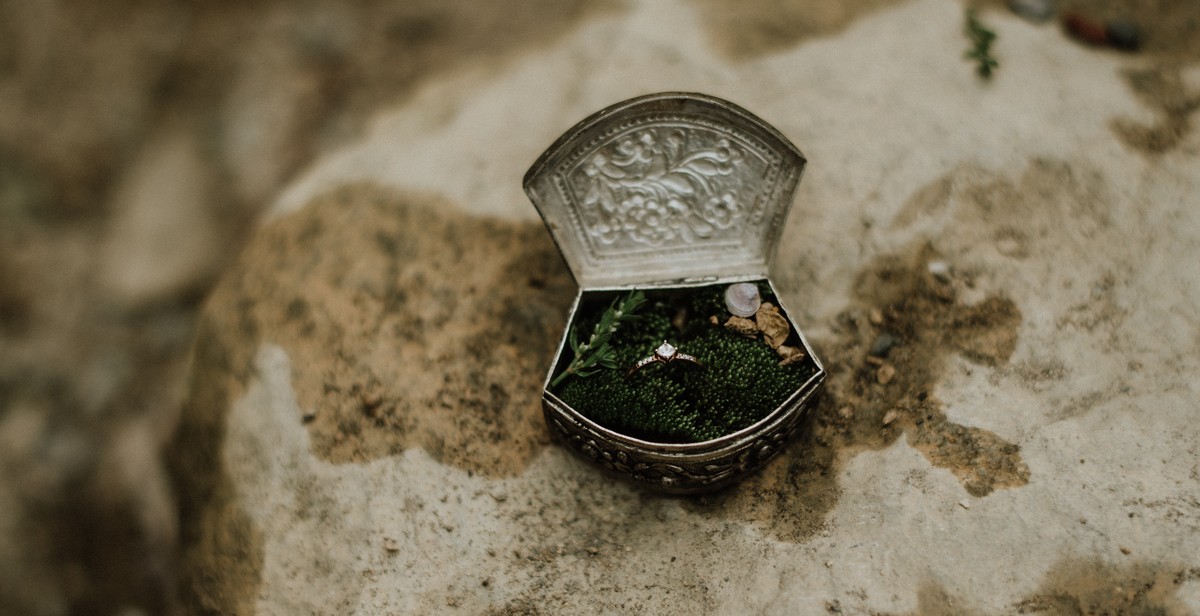
Jewelry as a Symbol of Status and Wealth
Jewelry has always been a symbol of status and wealth throughout history. It has been used to signify power, social status, and wealth in different cultures and societies. Jewelry was not only worn for its beauty but also for its value and symbolism. It was often passed down through generations as a family heirloom, carrying with it the stories and history of the family.
Jewelry in Ancient Times
In ancient times, jewelry was worn as a symbol of power and status. The Egyptians, for example, wore jewelry made from precious metals and gemstones to signify their wealth and status. The pharaohs wore elaborate jewelry, including crowns, necklaces, and bracelets, to show their power and authority. Jewelry was also used as a form of currency and was often given as gifts to show appreciation and loyalty.
Jewelry in the Middle Ages
In the Middle Ages, jewelry continued to be a symbol of wealth and status. The nobility wore jewelry made from gold and silver, often adorned with precious gems. The church also played a role in the use of jewelry, with bishops and other religious leaders wearing elaborate jewelry to signify their rank and status within the church.
Jewelry in the Renaissance
The Renaissance saw an increase in the use of jewelry as a symbol of wealth and status. The wealthy aristocrats of the time wore jewelry made from gold and silver, often adorned with precious gems such as diamonds and emeralds. Jewelry was also used to display family crests and coat of arms, further emphasizing the importance of family history and lineage.
- Jewelry has been a symbol of status and wealth throughout history.
- It was often passed down through generations as a family heirloom.
- In ancient times, jewelry was worn as a symbol of power and status.
- In the Middle Ages, the nobility and the church used jewelry to signify their rank and status.
- The Renaissance saw an increase in the use of jewelry as a symbol of wealth and status, with aristocrats wearing elaborate jewelry adorned with precious gems.
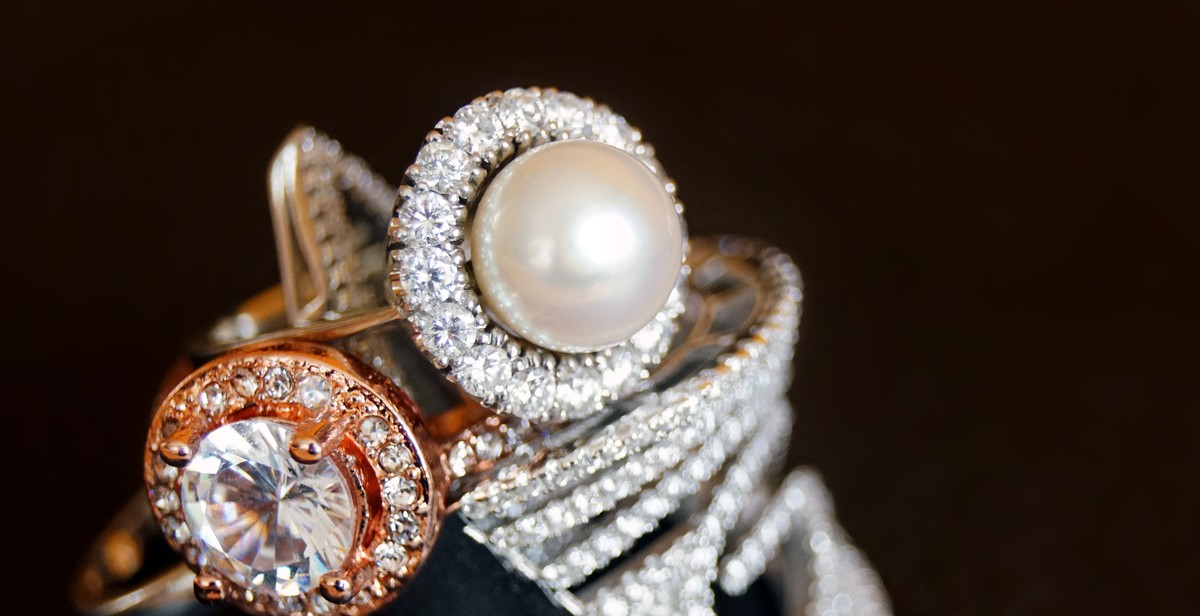
Jewelry as a Love Token
Jewelry has always been a popular way to express love and affection towards a loved one. From ancient times, people have been using jewelry as a love token to convey their emotions and feelings towards their partners. Jewelry has played an important role in many cultures and has been used to mark different stages of a relationship. Engagement rings and wedding bands are two of the most popular forms of jewelry used as love tokens.
The History of Engagement Rings
Engagement rings have been around for centuries, and their history can be traced back to ancient Rome. The first engagement rings were simple bands made of iron, which were worn by women to signify their betrothal to a man. In the Middle Ages, diamond engagement rings became popular among the aristocracy, as they were believed to symbolize purity and strength.
During the Victorian era, engagement rings became more elaborate and featured intricate designs and gemstones. The tradition of giving a diamond engagement ring was popularized by De Beers in the early 20th century, with their famous slogan “A diamond is forever”. Today, engagement rings come in a variety of styles and designs, and are still considered an important symbol of love and commitment.
Wedding Bands Through the Ages
Wedding bands have also been used as love tokens for centuries. The ancient Egyptians believed that the ring finger of the left hand had a vein that led directly to the heart, and so they wore wedding bands on that finger as a symbol of eternal love. In medieval Europe, wedding bands were often engraved with romantic messages or symbols, such as hearts and flowers.
During the Renaissance, wedding bands became more elaborate and were often decorated with intricate designs and gemstones. In the 20th century, wedding bands became simpler and more understated, with plain gold or platinum bands becoming the norm. Today, wedding bands come in a variety of styles and designs, and are still an important symbol of love and commitment between partners.
| Gemstone | Meaning |
|---|---|
| Diamond | Purity, strength, and eternal love |
| Sapphire | Loyalty, honesty, and trust |
| Ruby | Passion, love, and desire |
Overall, jewelry has played an important role in expressing love and affection throughout history. Engagement rings and wedding bands are just two examples of how jewelry has been used as a love token, and they continue to be popular symbols of love and commitment today.
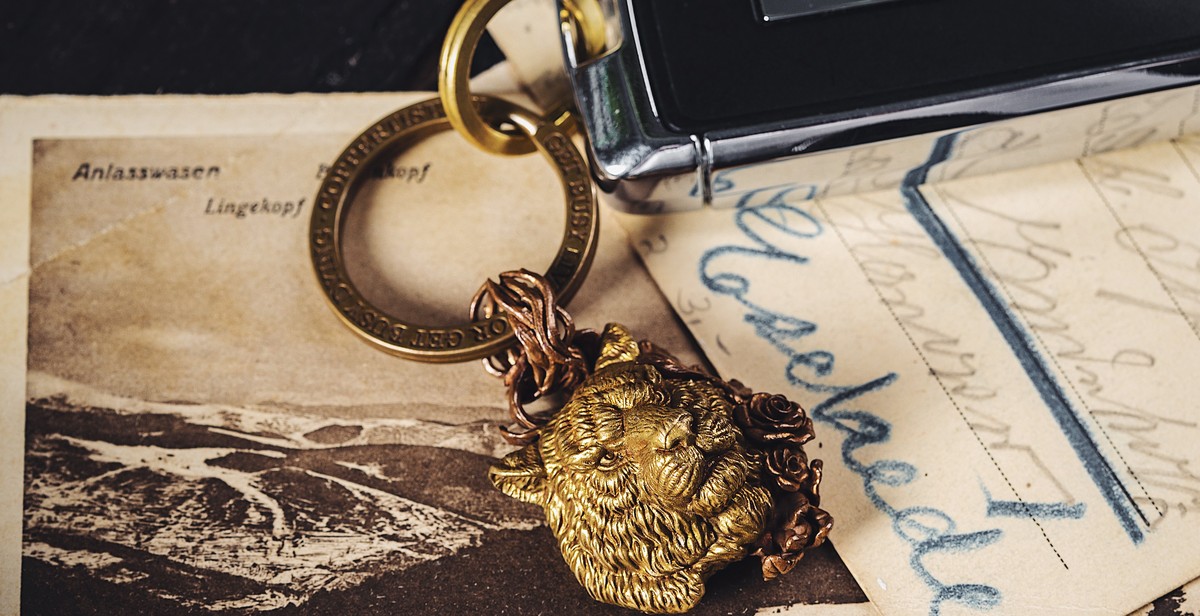
Jewelry as a Family Heirloom
Jewelry has been used to tell stories and pass down family history for generations. In many families, jewelry is considered a valuable and significant family heirloom that carries sentimental value and rich history. Family jewelry is often passed down from generation to generation, and every piece tells a unique story about the family’s past and present.
The Significance of Family Jewelry
Family jewelry holds a special place in the hearts of many families. It is often a symbol of love, commitment, and family traditions. Jewelry is a tangible object that can be passed down from generation to generation, allowing family members to feel connected to their ancestors and their heritage. Family jewelry is often given as a gift to mark significant occasions such as weddings, births, and graduations. It is a way to celebrate these milestones and create lasting memories.
Jewelry in Family History and Genealogy
Jewelry can also play an essential role in family history and genealogy. Many families keep detailed records of their family’s jewelry, including who owned it, where it came from, and when it was passed down. This information can be used to trace a family’s history and ancestry, providing valuable insights into their cultural and social backgrounds. Family jewelry can also be used to identify family members in old photographs and paintings, helping to preserve their legacy for future generations.
Overall, family jewelry is a precious and significant part of many families’ histories. It represents love, commitment, and tradition and is a tangible reminder of a family’s past and present. Whether it’s a simple pendant or an elaborate diamond ring, family jewelry is a cherished heirloom that will continue to be passed down for generations to come.
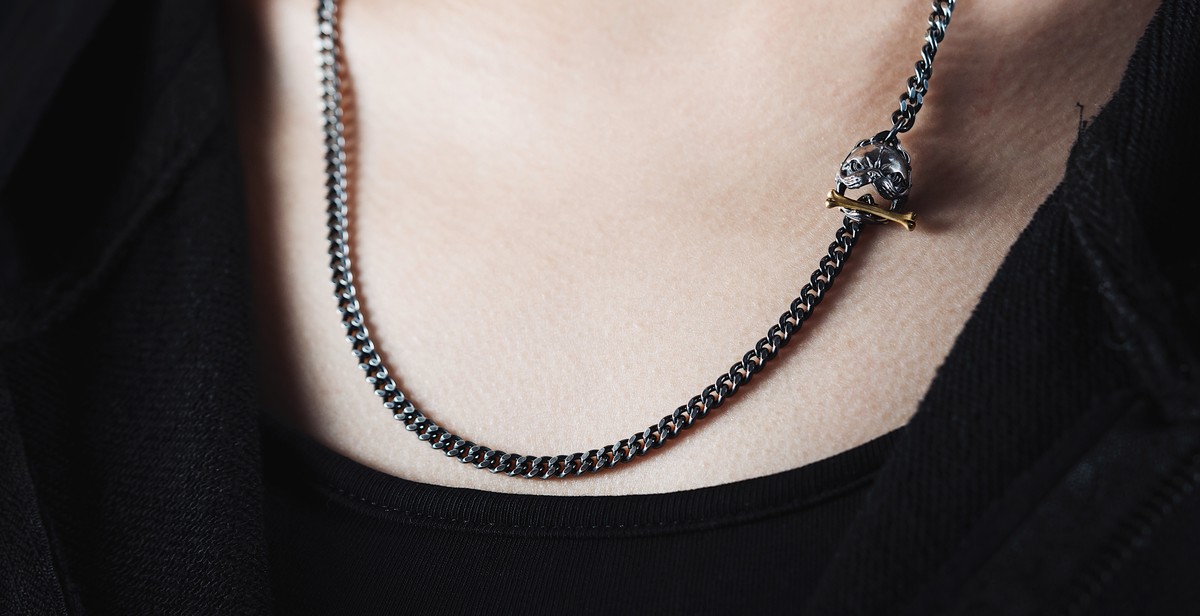
Jewelry as a Storytelling Device
Jewelry has been used for centuries to tell stories and pass down family history. From literature and mythology to film and television, jewelry has played an integral role in storytelling.
Jewelry in Literature and Mythology
In literature and mythology, jewelry has been used to signify power, wealth, and status. In Greek mythology, the gods and goddesses were often depicted wearing elaborate jewelry, such as Zeus’ lightning bolt, Aphrodite’s girdle, and Hermes’ winged sandals. In Shakespeare’s play, “The Merchant of Venice,” the character Portia uses her ring as a symbol of love and loyalty.
Jewelry has also been used to represent cultural traditions and beliefs. In some Native American cultures, jewelry was used as a form of communication, with each piece telling a story about the wearer’s tribe and ancestry.
Jewelry in Film and Television
In film and television, jewelry has been used to add depth to characters and their stories. In “The Lord of the Rings” trilogy, the One Ring serves as a powerful symbol of evil and temptation. In “Titanic,” the Heart of the Ocean necklace represents the love between Jack and Rose, while also symbolizing the class divide between them.
Jewelry has also been used to showcase the wealth and status of characters. In “The Great Gatsby,” the character Daisy Buchanan wears elaborate diamond jewelry to signify her social standing and wealth.
Overall, jewelry has been a powerful storytelling device throughout history. From literature and mythology to film and television, jewelry has played an integral role in conveying meaning and emotion to audiences.
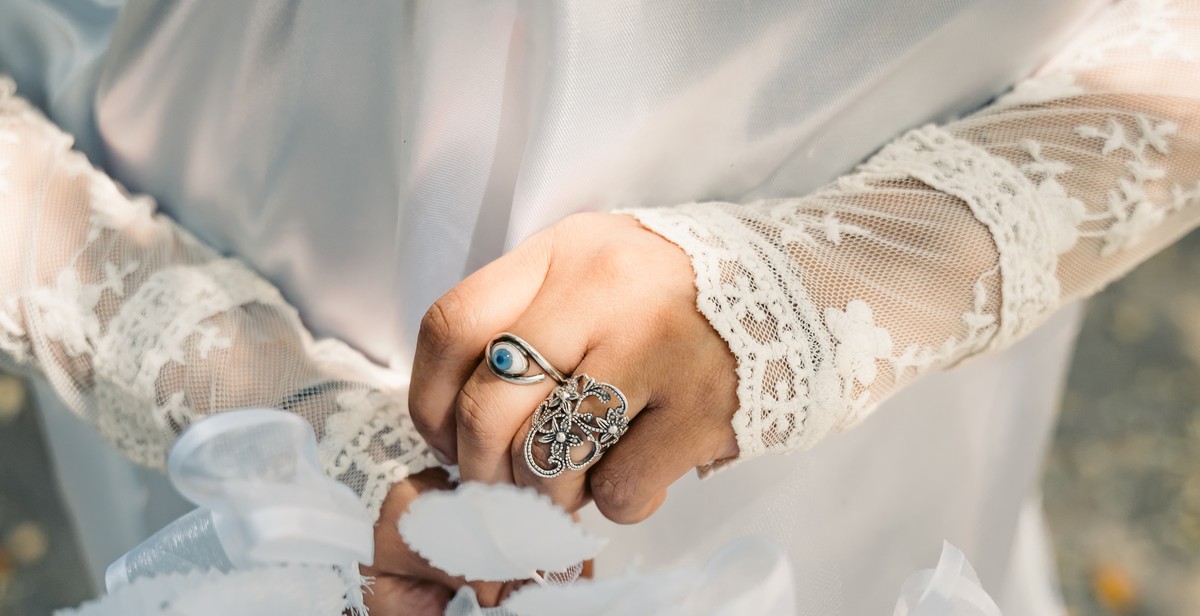
Conclusion
In conclusion, jewelry has been used for thousands of years as a means of telling stories and passing down family history. From ancient civilizations to modern times, jewelry has played a significant role in our lives and continues to do so today. Whether it’s a family heirloom passed down from generation to generation or a piece of jewelry that we buy for ourselves, jewelry holds a special place in our hearts and in our memories.
The Significance of Jewelry
Jewelry is not just a fashion accessory, but it is also a symbol of our culture, traditions, and beliefs. It can represent our social status, our personality, and our emotions. Jewelry can be used to express love, gratitude, and appreciation. It can also be used to commemorate special occasions such as weddings, birthdays, and anniversaries.
The Enduring Legacy of Jewelry
As we move forward into the future, jewelry will continue to play an important role in our lives. The stories and memories that are associated with jewelry will be passed down from generation to generation, ensuring that the legacy of our ancestors lives on. Whether it’s a simple bracelet or an elaborate necklace, jewelry has the power to connect us to our past and to our loved ones.

